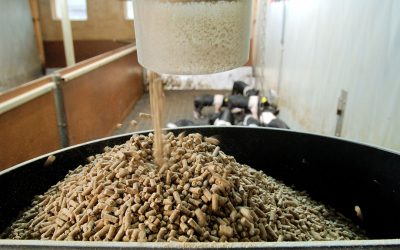Commission adopts draft 0.1% GM feed rule
The European Commission has finalized draft legislation that would allow up to 0.1% of unapproved genetically modified (GM) material in imports of animal feed to the European Union, Reuters reports.
The draft rules must now be approved by EU member states and lawmakers. The rules are designed to avoid a repeat of last year’s disruption to EU animal feed supplies, when US soy cargoes were blocked after traces of unapproved GM material were found.
Last week, Spain received its first bulk maize cargo from the United States in at least 12 years, which traders said could be an early sign that imports of US maize to Europe will resume once the new rules are in place.
Not all problems solved
But EU officials said that while the 0.1% limit would have enabled some of the soy shipments blocked last year to enter the EU, the level of GM contamination in some cases meant the proposed solution would not have solved all the problems.
The proposals adopted by the Commission were largely unchanged from drafts seen by Reuters earlier this month, details provided by officials showed.
They introduce new harmonized rules for EU customs authorities testing grain cargoes, which would require them to approve feed for import provided the concentration of any unapproved GM material discovered is below 0.1%.
The limit will only apply to GMOs that have been approved in the exporting country and for which an EU approval is pending.
Only feed, not in food
But the bloc’s zero tolerance policy on unapproved GMOs in food imports will remain in place, despite warnings from exporting nations including the US, Brazil and Argentina that different rules for food and feed will be unworkable in practice.
Similar concerns were raised by some Commission departments during the drafting of the rules, and a clause has been added to the text on the possible need to review the rules in future to see whether they should also cover food imports, EU officials said.
September 2011 into force
The draft rules must get majority approval in a vote by EU government experts, who are due to discuss the proposal on 15 November.
EU ministers and lawmakers would then have three months to either accept or reject the draft rules entirely, meaning the earliest they could enter force is around April next year, though EU officials said it would likely take six months or more.











